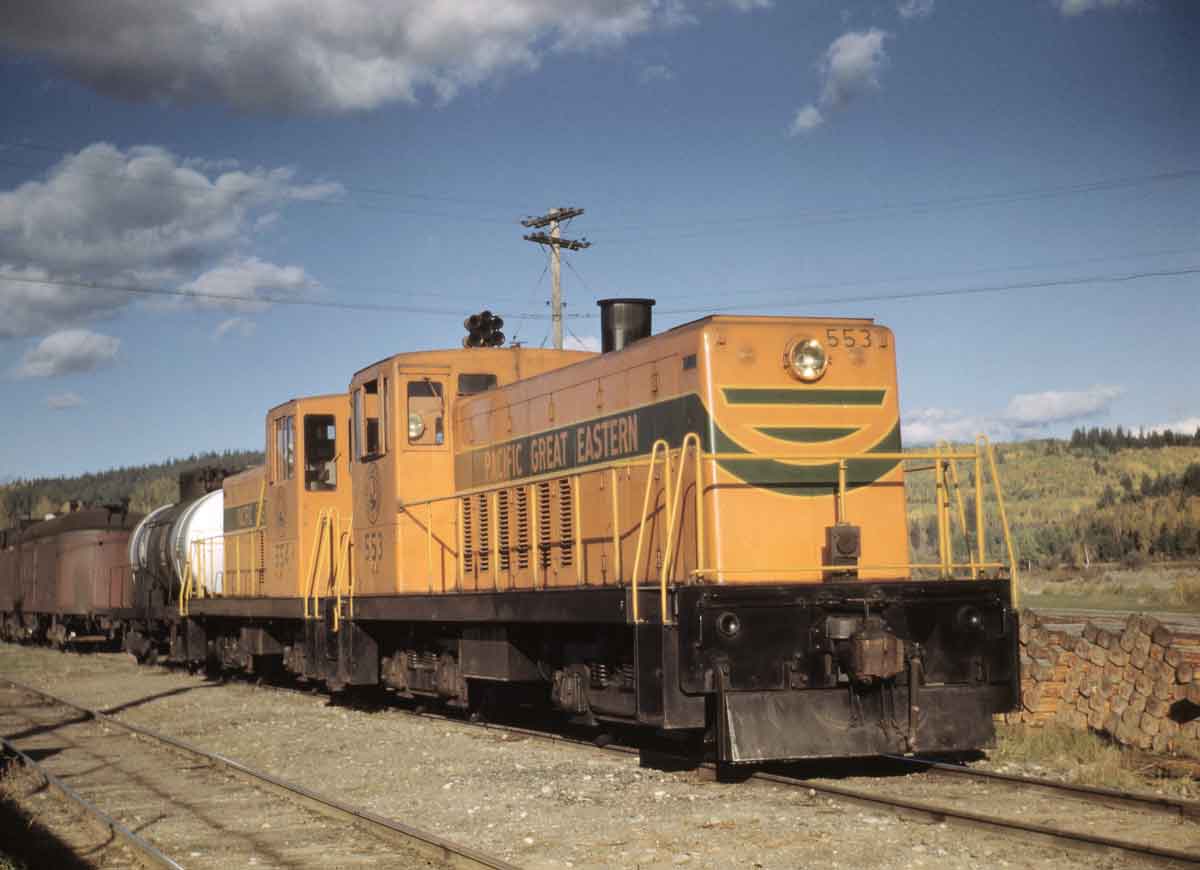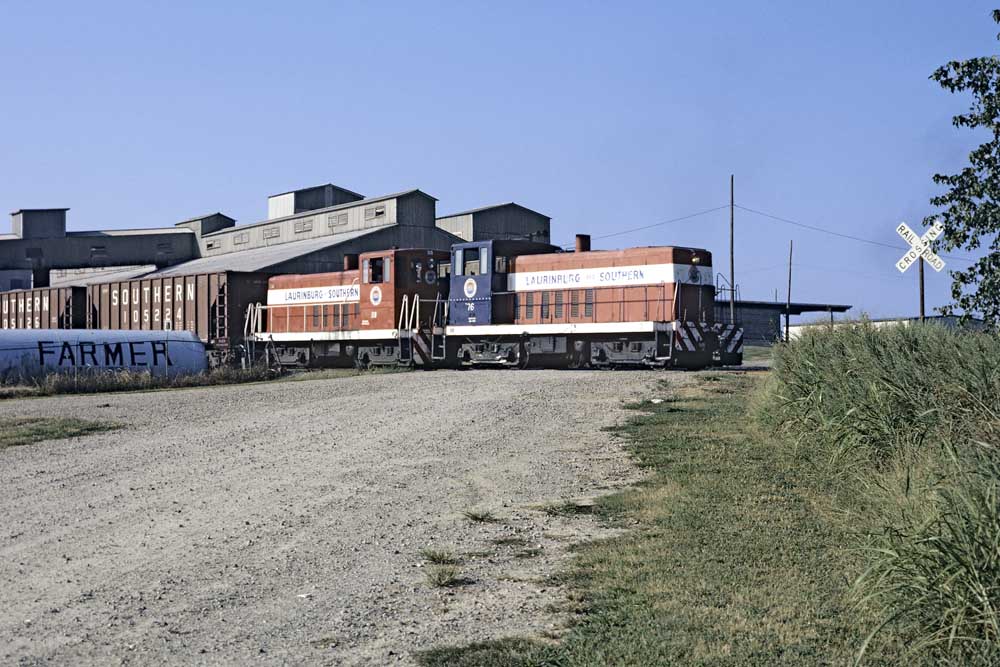The GE 70-ton diesel locomotive was a consistent seller for the international conglomerate.

In North American railroad circles, General Electric was originally known primarily as a builder of large road locomotives. In the diesel market, starting with the groundbreaking 2,500 hp U25B road-switcher in the 1960s, railroads gobbled up its four- and six-axle road switchers. But what many fans were not aware of, the builder had been a player in all sizes of locomotives throughout the world for decades.
About the only regular taste North Americans got of small GEs were the super popular 44-ton center cab, and the larger end cab 70 tonner. There were other models available, but they were mostly pre-war II designs built for industrial operations. It is the post war 70-tonner that is the subject here.
As railroads of all sizes were dieselized after World War II, many locomotive builders were actively beating the bushes to place even the most miniscule of orders of ones and twos. Companies like Baldwin and GE were adamant about it, their salespeople going to the most rural of places for possible sales.
Aggressively selling an excellent product paid dividends for GE. Just under 240 70 tonners were built between 1947 and 1955. They could be found in throughout all areas of the country. Pacific Northwest logging railroads, Southern short lines, urban switching yards everywhere. Even many Class I railroads found duties for GE 70 tonners at one time or another.
The reasons were clear; they were super easy to maintain, thrifty, lightweight as to not affect the flimsiest of bridgework, and easy to operate. Packed on its 37-foot frame, its diminutive prime mover could produce anywhere from 500 to 660 hp, depending on its owner’s requirements. Similar products from other builders — EMD’s SW1, Alco’s S1, and various 660 hp Baldwin models — were 20 to 30 tons heavier.

The largest original owner was Southern Pacific, with 21 of them scattered throughout the system and they could be found working mixed trains on Arizona branch lines, the Oregon woods, and still others on the El Cajon Branch near San Diego where subsidiary San Diego & Arizona Eastern would m.u. four of them on a train. When an SP 70-tonner came into a major facility for work, it was common to find them temporarily assigned as roundhouse switchers. When a railroad needed light axle loading in a compact package, the GE 70-ton was hard to beat.
Their reliability was legend. As a chief mechanic on a short line with a half-a-dozen of them once said, if one of them broke down on the road there was literally nothing he could not fix with just the tools in the trunk of his car.
While the day of finding a 70-ton in regular freight service is pretty much past, there are still some holdouts that refuse to give them up. Santa Maria Valley in California has a couple and San Luis Central in Colorado has one keeping company with its EMD switcher, both railroads still relying on them as backup power. You can almost never tell where, in hidden corners of the country, the sputter of a six-cylinder Cooper-Bessemer FWL-6T can still occasionally be heard echoing off buildings and forests. If anything will finally silence the last one, it will be due to lack of spare parts, not reliability.
If you come across one, running or not, snap a photo. Something this good will not come again soon.










The South Simcoe Railway in Tottenham, Ontario operates 703, a GE 70-ton locomotive built in 1948 for the Southern Railway.